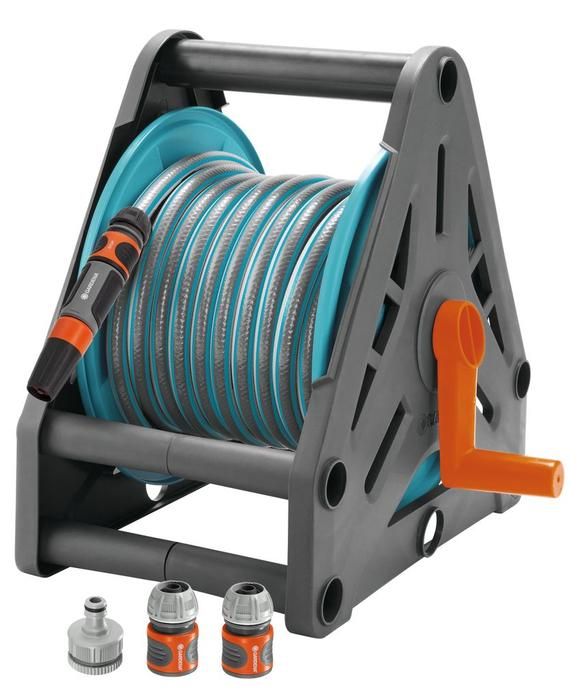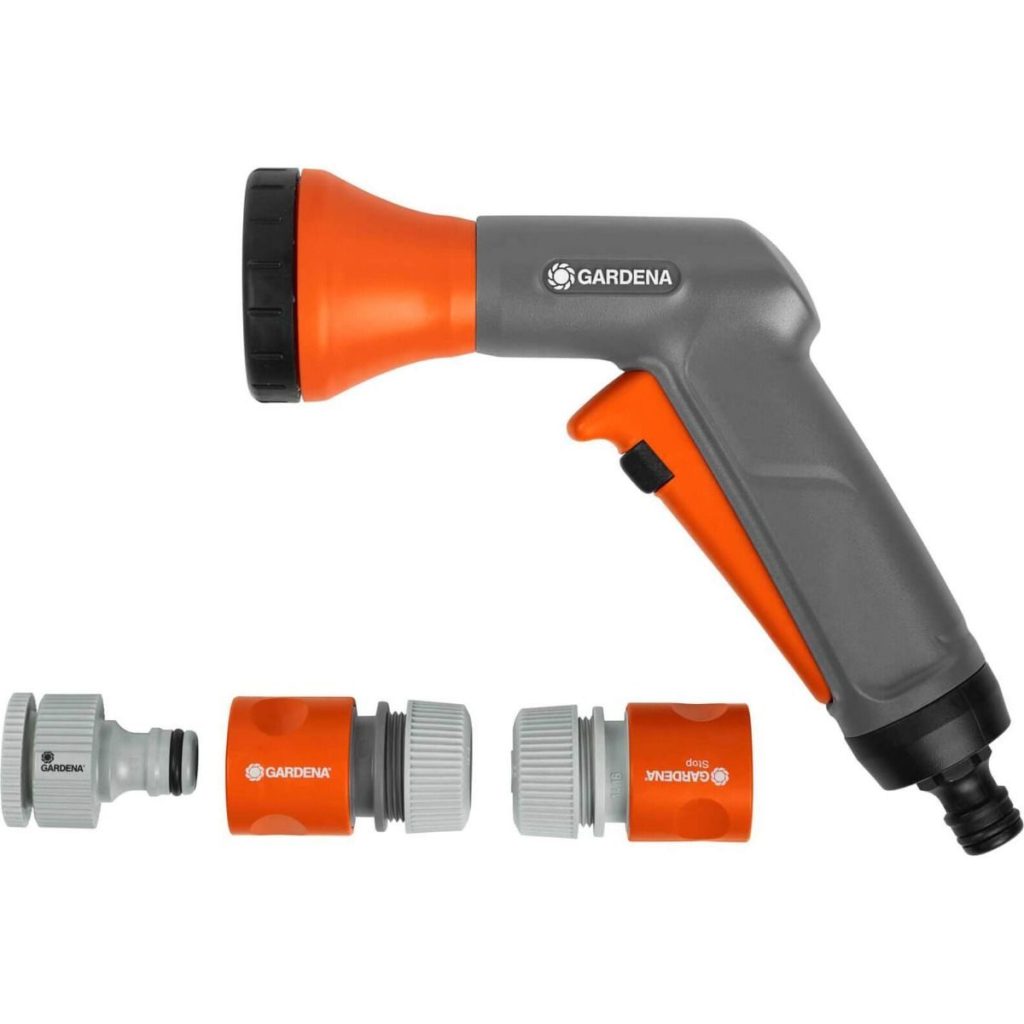As any keen gardener knows, watering is one of the most essential tasks in keeping your garden flourishing throughout the year. Whether you're maintaining a vegetable patch, cultivating borders, or keeping your lawn lush, using a Gardena hose effectively can save time, reduce waste, and ensure your plants thrive. In this post, we’ll explore how to get the best out of your garden hose and share tips for watering plants correctly.
Choosing the right Gardena hose
Not all hoses are made equal. The most suitable hose for your gardening will depend on your garden’s size, water pressure, and what you intend to use it for. Expandable hoses are lightweight and easy to store, perfect for smaller gardens or those short on space. A traditional reinforced hose on a reel may be a better choice for larger gardens, as it offers greater reach and durability.

Look for hoses with kink-resistant designs and fittings compatible with your outdoor tap. Investing in a spray gun or nozzle with adjustable settings can also help control flow and make watering more efficient.
Best time to water plants
The ideal time to water your garden is either early in the morning or late in the evening. During these cooler parts of the day, less water is lost to evaporation, meaning your plants can absorb more of what they need. Avoid watering during the heat of the day, as not only is it less effective, but droplets on leaves can also magnify the sun’s rays and scorch plants.
Morning watering is generally preferable, especially for vegetable gardens, as it allows foliage to dry throughout the day and reduces the risk of fungal diseases.
Garden watering techniques for different areas

Lawns benefit from occasional deep watering rather than frequent shallow watering. Aim to water the lawn thoroughly once or twice a week, depending on rainfall, encouraging deeper root growth and greater drought resistance.
Beds and borders should be watered slowly and deeply. Hold the hose low to the ground and allow the water to soak in around the base of the plants. Using a soaker hose can be a brilliant way to deliver moisture evenly and directly to the roots.
Pots and containers dry out more quickly and may need daily watering in hot weather. Make sure the water reaches the root zone and doesn’t simply run off. Grouping pots together can help create a humid microclimate and reduce water loss.
Mulching to reduce water waste
Mulching your beds with compost, bark chips or straw helps to retain moisture and reduce evaporation. Installing a water timer can also help regulate hose use and avoid overwatering. Additionally, collecting rainwater in a water butt and using it via a hose-fed pump is an eco-friendly and cost-saving option.
Using a hose in the garden can be incredibly effective when done thoughtfully. By choosing the right equipment and following good watering practices, you'll keep your garden in tip-top condition while conserving water and supporting plant health. Whether you're a beginner or seasoned grower, a well-watered garden is a happy garden.
